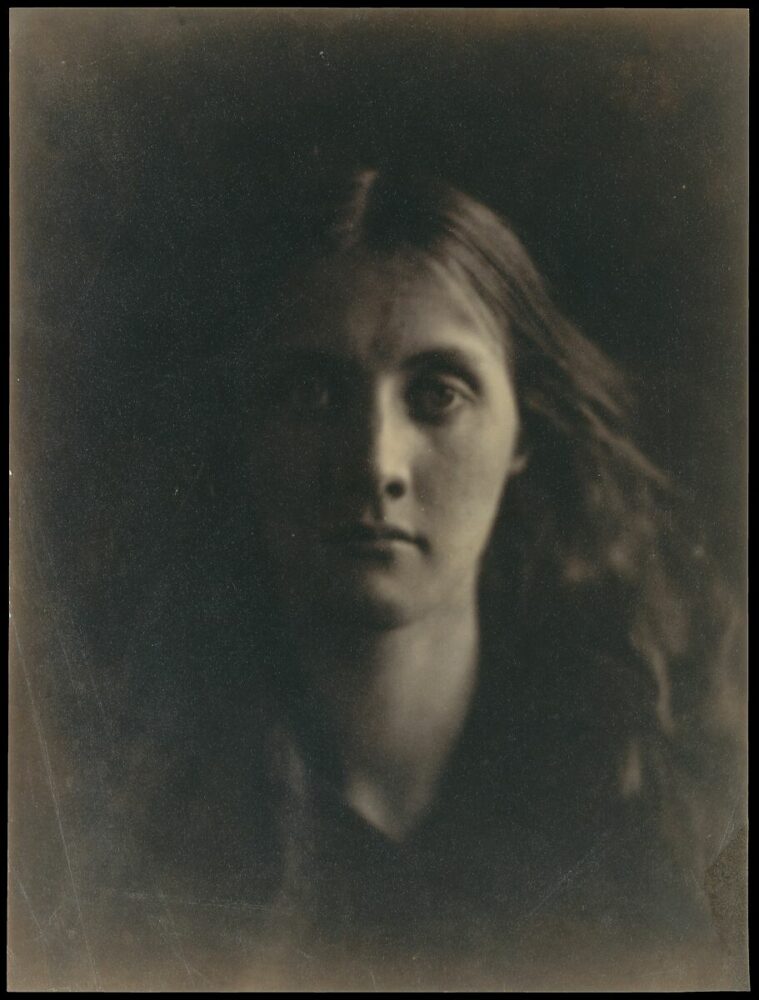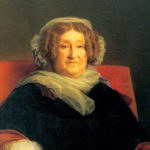
Editor’s Note: In honor of Women’s History Month, we’re sharing profiles of remarkable women in art we think you should know (if you don’t already).
Today, portrait photography is so common that anyone with a phone — and maybe a generative AI app — can take a highly stylized close-up in mere seconds.
But in the 19th century, when the medium of photography was still new (the first photo was taken in 1822) the term “portrait” to most people meant an actual painting of a person. Then came Julia Margaret Cameron.
Born in India in 1815, Cameron was very much a product of the British Empire. Her father worked for the East India Company, and she and her six sisters spent their childhoods in Calcutta before heading to France for education. Cameron met her future husband in South Africa in the 1830s and the pair, who had 11 children (including six who were adopted) lived in various colonial outposts. Julia Margaret Cameron was a very global woman.
Eventually, Cameron and her husband relocated to England and became the Victorian versions of empty nesters. And then, for her 48th birthday in 1863, one of her daughters gave her an extraordinary gift: a camera.
Cameron, like most people, had never taken a single photo — but she soon dedicated her time and creative energy to mastering this emerging art. Over the next 15 years, she took hundreds of portraits, most of which have been acquired by world-class museums. Quite an accomplishment for any artist, but particularly for one who entered the field later in life.
Her portraits of men and women have an ethereal, soft quality to them. The portraits are taken close up, which was an entirely new approach – so that the face of the subject with all its emotions is the center of the picture, as opposed to a distant shot of someone sitting stiffly in a chair. Cameron is recognized as the first photographer in history to take close-up portraits.
One of her most hauntingly beautiful portraits is of her niece Julia Jackson. The photo is dark; only half of Jackson’s face is in the light, and her hair floats outwards, filling up the sides of the frame. Jackson stares right into the camera, so that the viewer is confronted with a woman staring right back at them.
Part of what makes this photo so interesting is that Jackson would eventually give birth to a daughter who would become incredibly well-known in her own right: the writer Virginia Woolf.
Many years later, when Woolf wrote “To The Lighthouse” in 1927, she modeled her main character Mrs. Ramsay from this portrait of her mother, creating a kind of multigenerational line of inspiration from great aunt, to niece, to great niece that endures to this day. The portrait of Jackson now lives at the Metropolitan Museum of Art in New York, along with many other of Cameron’s photographs. ◼
Victoria Flexer, author of “A History of the World in Ten Dinners,” received her master’s degree in historical studies from The New School. She specializes in sharing history through food, art and culture.



